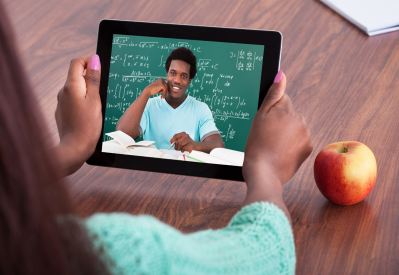Digital Tools
Digital tools are available to assist educators in communicating with students and families, facilitating remote or online learning, and creating engaging instructional and learning opportunities for students.
Instructional decisions, including methods, tools, curriculum, and resources utilized, are a local decision. The resources listed here are provided as options and examples only, in an attempt to provide helpful information. NYSED does not require, recommend, endorse, or advise on any specific program or product. All instructional decisions are made at the local level.
In addition, when selecting and utilizing digital tools, districts and schools should be mindful of privacy and security laws and regulations. Education Law 2-d and Part 121 of the Commissioner’s Regulations outline requirements for school districts and BOCES related to the protection of the personally identifiable information of students, as well as some teacher and principal information.
Important note: In compliance with state law and regulation, educational agencies must take measures to protect students’ personally identifiable information from unauthorized access when considering utilizing digital (distance) learning platforms. Examples of such measures include minimizing the amount of data shared to only that necessary, deidentifying data to prevent the public disclosure of students personally identifiable information, and the use of encryption or an equivalent technical control that renders personally identifiable information unusable, unreadable or indecipherable to unauthorized persons when transmitted electronically. For more information, please refer to NYSED's Data Privacy and Security website.






